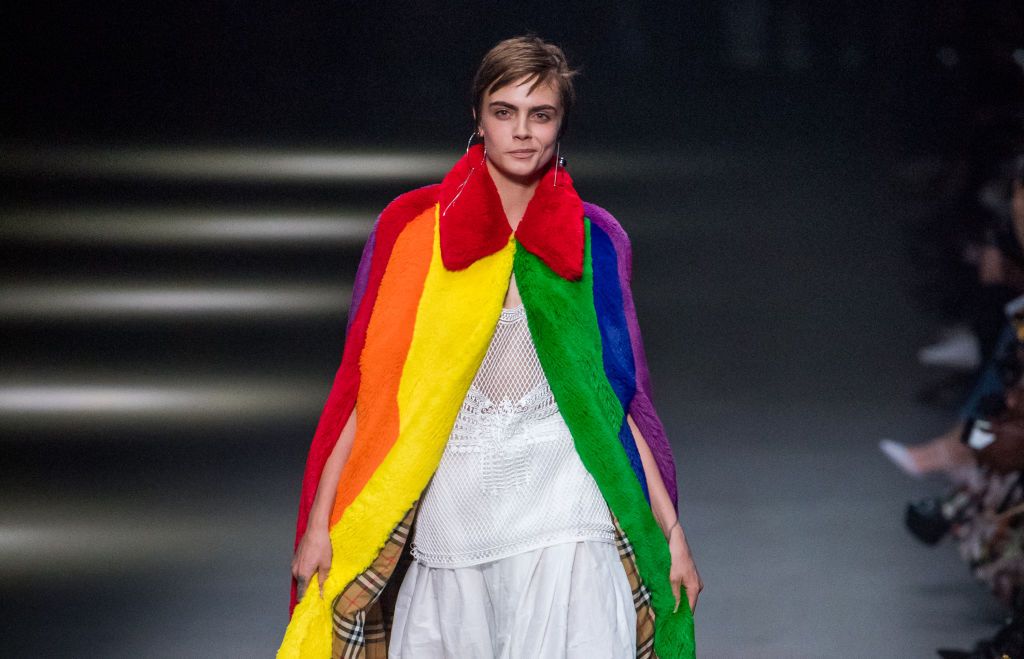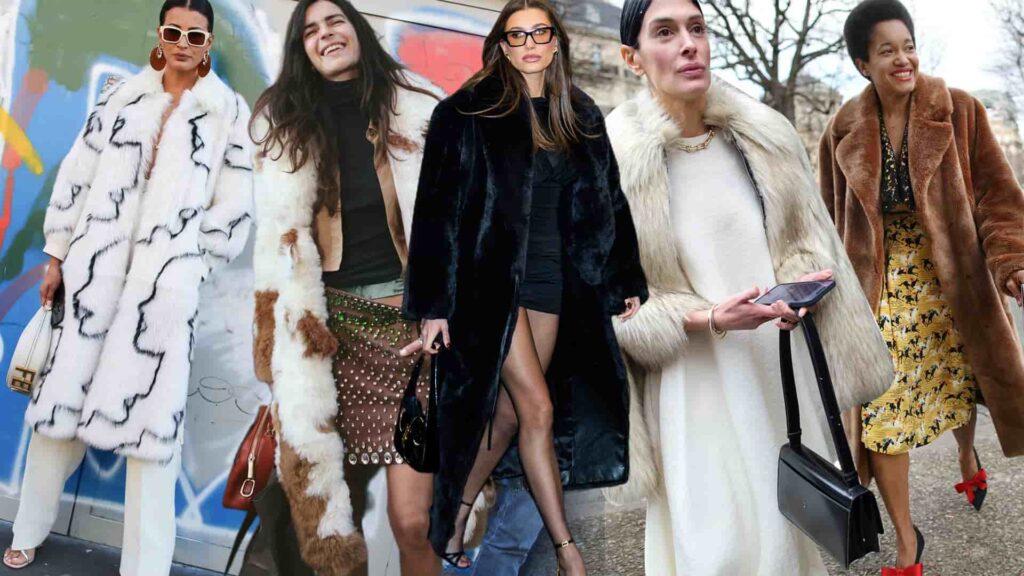
Diana Vreeland once said You gotta have style. It helps you get down the stairs. It helps you get up in the morning. It’s a way of life. Without it, you’re nobody. I’m not talking about lots of clothes. But I think you must have a faux fur coat in your wardrobe. Faux fur has been gaining prominence in the fashion industry over the past few years. More and more people begin to realize the environmental protection and sustainability of it, so choose it fashion instead of real fur.
Let’s start exploring the faux fur secrets you didn’t know. Let you know about the fashion of faux fur. Feel the resonance of your soul with the animal world, relax your body and mind, and wrap your heart in warmth.
What is faux fur?
Artificial materials such as synthetic fibers and plastics undergo special treatment and processing to make fibers that mimic fur. An artificial material that looks and feels similar to real fur, is created using these fibers. These fibers have excellent softness and elasticity, as well as excellent water and wear resistance.
Nowadays, more people use fake fur in furniture decoration, not just clothing.You can customize different textures according to your own needs and dye a variety of colors. The customization of fake fur can have unlimited creative space, can meet your arbitrary fashion needs. Meanwhile, the process of making faux fur is more environmentally friendly than real fur and does not harm animals. In addition, faux fur has a longer lifespan, reducing waste and environmental pollution.
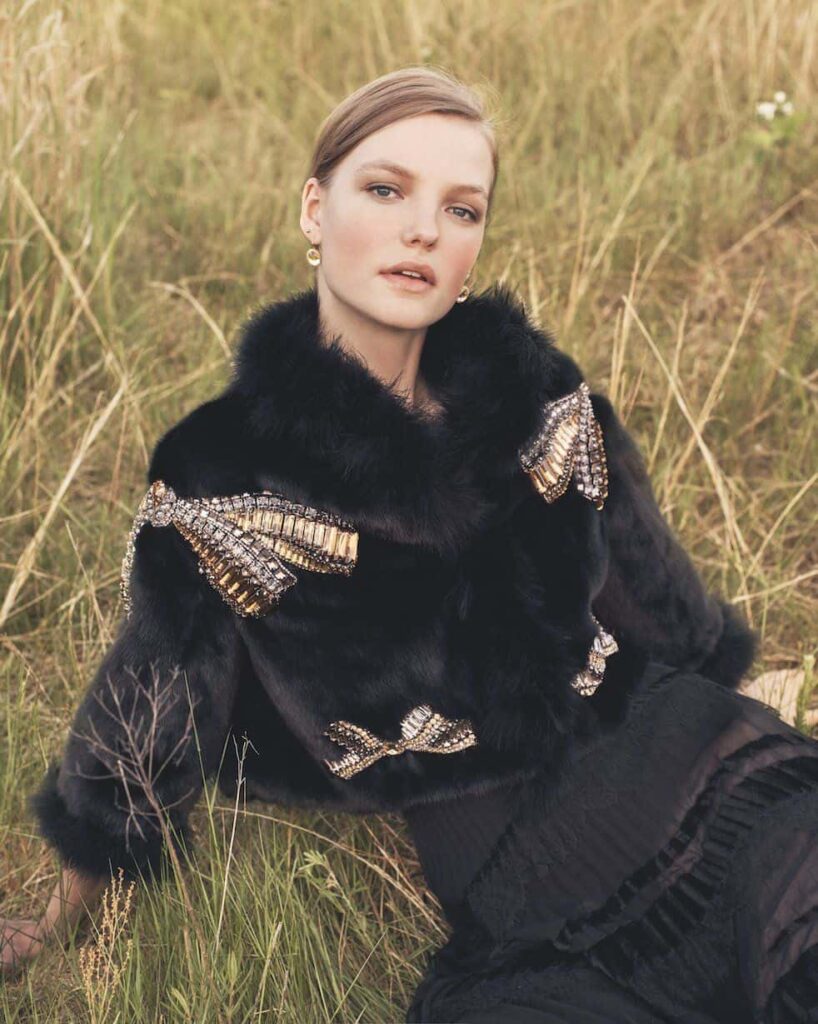
Do you know why more and more fur lovers are choosing faux fur? After some research, we came to the following conclusions:
Materials: Faux fur is made from materials such as synthetic fibers and plastics. It feels and looks similar to real fur, but is more affordable.
Environmental protection: The production process of faux fur is more environmentally friendly and does not harm animals.
Maintenance: faux fur is easier to clean and maintain.
Style: There are more choices, more fabrics and colors.
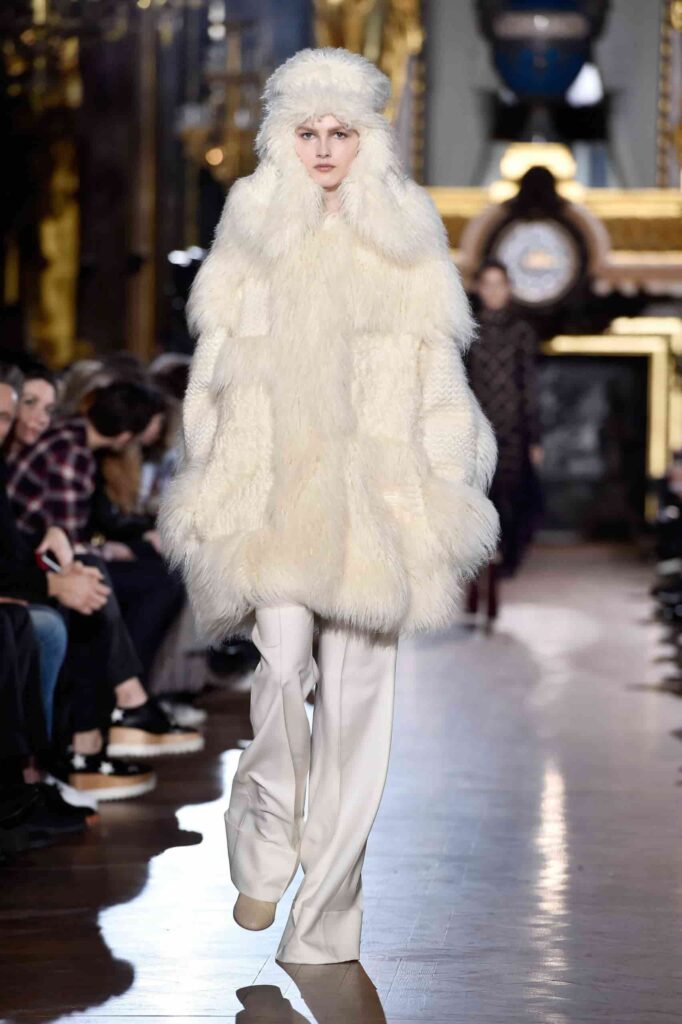
The history of faux fur
Faux fur, also known as fun fur or fake fur, is any synthetic material used to imitate the fur of real animals, usually in the design or manufacture of clothing. Fake fur first appeared in 1929 and was commercially available in the 1950s. Faux fur is gaining popularity as animal rights and welfare groups see it as an animal-friendly alternative to traditional fur.
Fur is one of the oldest known forms of clothing, and has been worn by men and women for a variety of reasons throughout history. While quite desirable, real fur had the disadvantage of being expensive and in short supply. The market introduced fake furs in 1929 for this reason. These early attempts at faux fur used hair from the alpaca, a South American mammal.
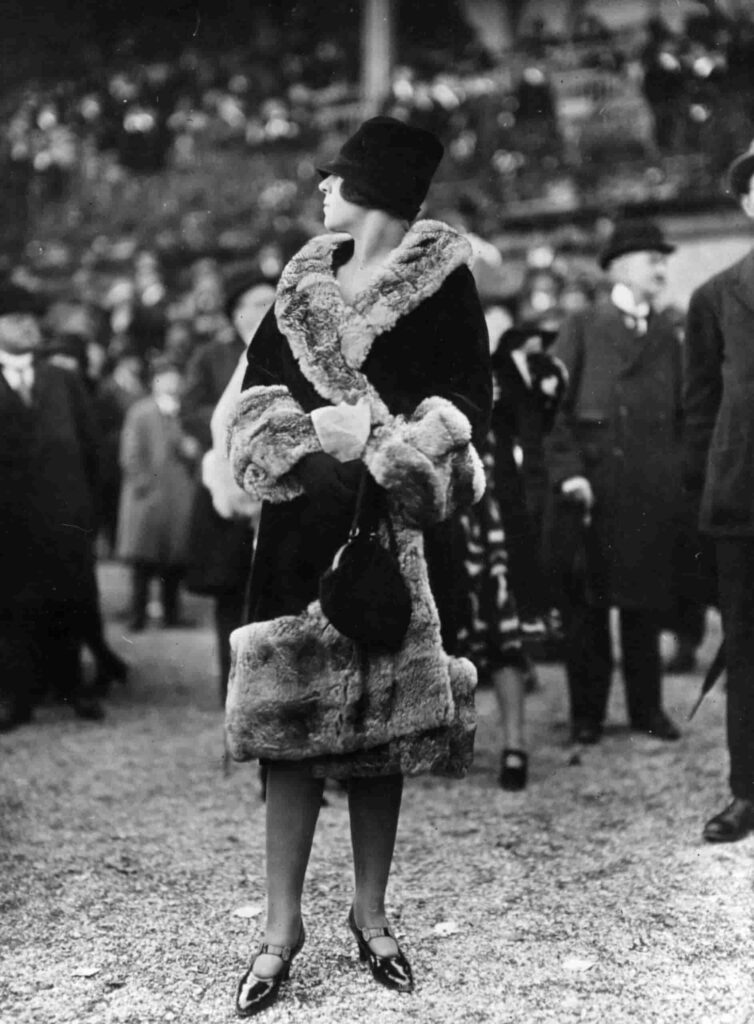
From a fashion standpoint, they were of low quality, typically colored gray or tan, and could not compare to exquisite furs like mink or beaver. But the fabric was inexpensive and warm, so manufacturers continued to develop improved versions of the fake fur, trying to give it a denser look, better abrasion resistance, and more interesting colors.
Advances in textile manufacturing technology vastly improved the quality of fake furs in the 1940s. The introduction of acrylic polymers as replacements for alpaca hair in the mid-1950s led to the development of true modern fake furs.
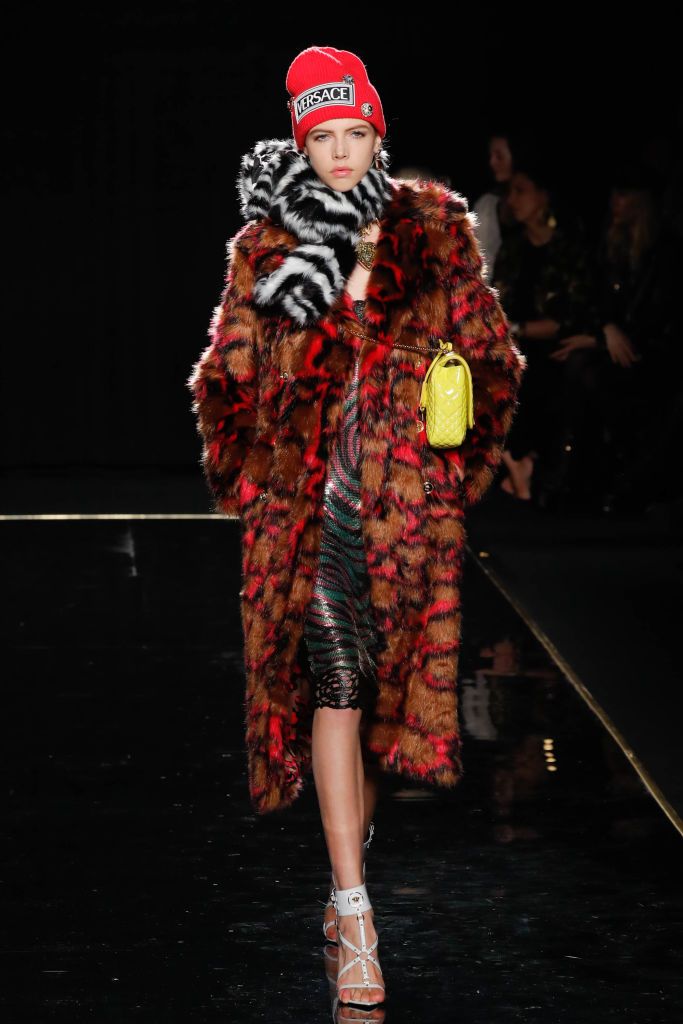
These polymers were particularly important because they could provide the bulk required to imitate real fur without the weight associated with other fake fur fabrics. They were also easier to color and texture than alpaca fibers. Later in the decade, polymer producers found that acrylic polymers could be made even more fur-like and fire resistant by mixing them with other polymers.
These new fabrics, called modacrylics, are now the primary polymer used in fake fur manufacture.
Nowadays, with the progress of science and technology, the quality and function of faux fur has been quite similar to that of real fur.

How to choose a good fake fur?

Usually, when people choose faux fur, there is a confusion, what is good? I’m going to take you through a variety of angles to solve this puzzle and give you a deeper understanding of faux fur.
Appearance: A good fur look should be similar to real fur, with natural texture and texture, and not overly smooth or artificial.
Hand feel: Soft and comfortable, fur fluffy feeling
Thickness: Good fur is medium thickness, not too thin or heavy. With some technology, the fabric can last longer and be more comfortable.
Elasticity: Good fur has some elasticity and can bounce back naturally.
Wear resistance: Good faux fur has good wear resistance and is not prone to wear or pilling.
Environmental protection: Good faux fur should be environmentally friendly materials, will not cause pollution to the environment.
Sustainability and environmental protection
With the improvement of environmental awareness, more and more people begin to pay attention to the sustainability and environmental protection of materials. More and more countries and regions around the world are turning against the sale of real fur. As a kind of environmental protection material, faux fur conforms to the concept of sustainable development of modern civilization. Cruelty to animals is not fashionable at all!
Fur in the production process, do not need to use animal fur, will not cause harm to the animal. At the same time, the production process will not produce a lot of waste water and waste gas pollution of the ecological environment.
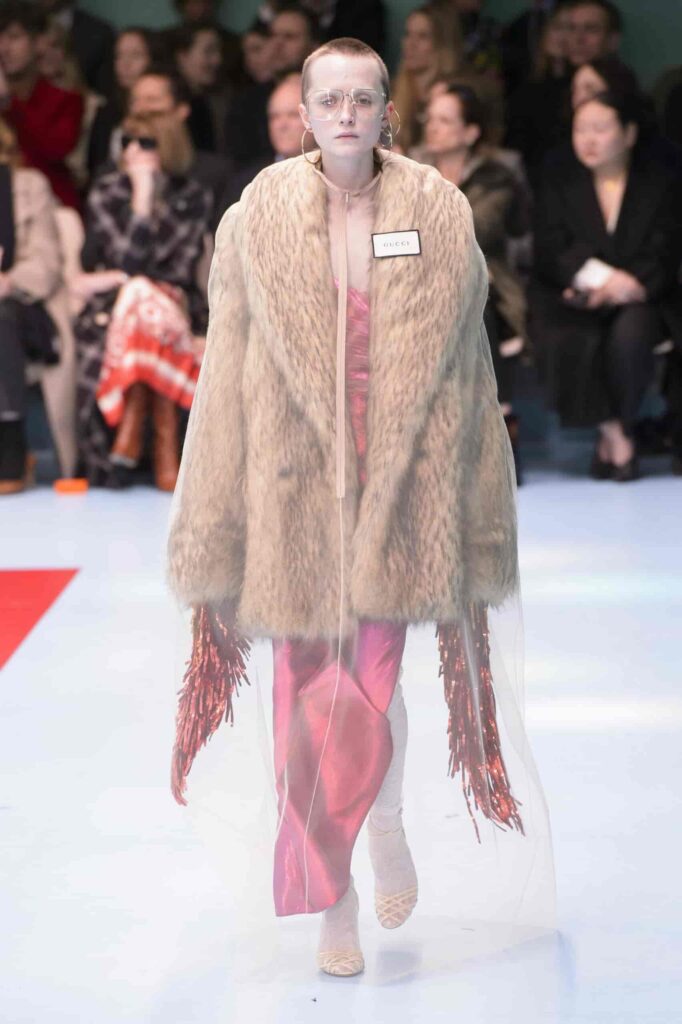
According to a 1979 study commissioned by the Animal Foundation. It takes 120 MBtu to make a fur coat. Compared with 433 MBtu for a coat made from captive animal fur. And 7,965 MBtu for a coat made from a fur breeding farm. By comparing these figures, choosing imitation fur can help us better protect the environment. And animals and achieve the goal of sustainable development.
Faux fur lasts longer than real fur. At the same time, the wear resistance and water resistance of imitation fur are also better, which can withstand the time and environment of postgraduate entrance examination.
Secondly, fur is more recyclable, which can reduce waste and environmental pollution through recycling and reuse. Maximize the utilization of resources.
Finally, imitation fur is more affordable and has more choices. Can let more people choose environmental materials, so as to promote the development of environmental protection cause.
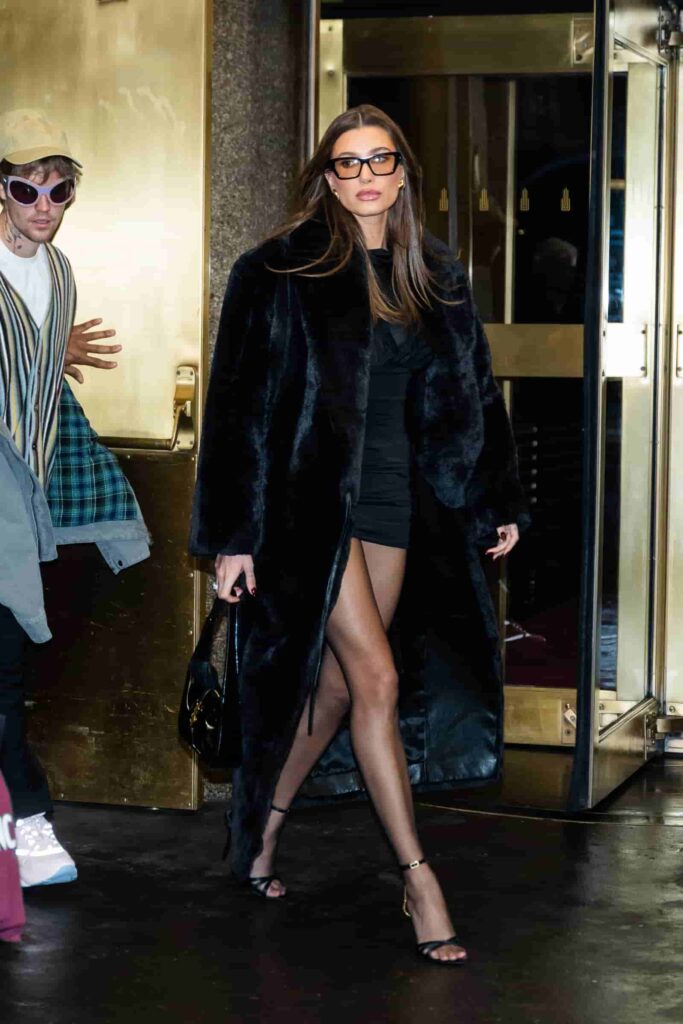
THE FUTURE OF FAUX FUR
The manufacture of fur is something we have been working on. This can not only reduce the harm and killing of animals, but also contribute to the cause of environmental protection.
We are committed to improving the quality and appearance of imitation fur with the most advanced technology. In the future, we look forward to using 3D printing and nanotechnology to make faux fur production more realistic, softer and more comfortable.
